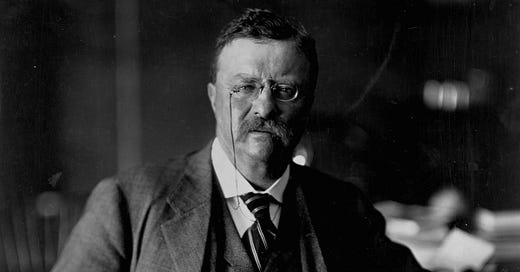February 14 - Love and Loss: Theodore Roosevelt's Valentine's Day Heartbreak
Finding Hope's Light in Life's Darkest Valleys
This is the day in 1884 when future President Theodore Roosevelt's wife and mother died, only hours apart, in the same house.
In today's devotional, we will explore the interplay of grief and resilien…




